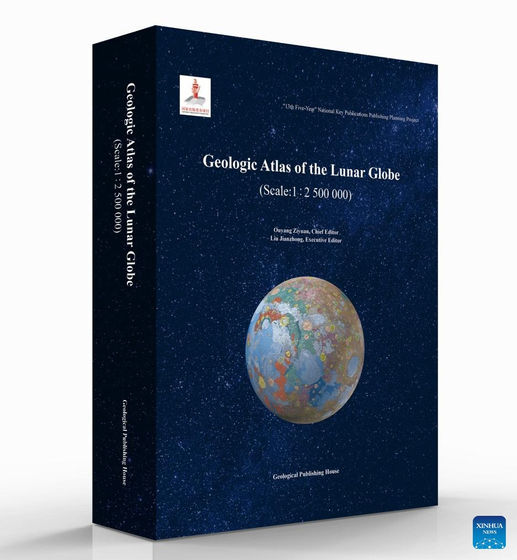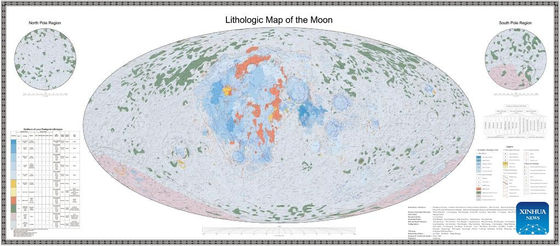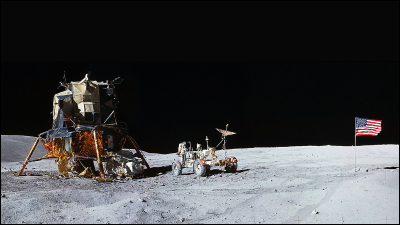The Chinese Academy of Sciences has released the world's first high-resolution 'moon map,' a must-have guide for future lunar exploration missions

The Institute of Geochemistry of the Chinese Academy of Sciences (CAS) has released a 1:2.5 million scale geological atlas of the Moon. This is the world's first complete high-precision lunar geological atlas, and will serve as the basis for future lunar research and exploration.
China Publishes World's First High-definition Lunar Geologic Atlas----Chinese Academy of Sciences
China's Moon atlas is the most detailed ever made
https://www.nature.com/articles/d41586-024-01223-0
The Geologic Atlas of the Lunar Globe, released by CAS on April 21, 2024, is a geological map of the Moon compiled by more than 100 researchers over a period of more than 10 years. The highly accurate map, created at an unprecedented scale, includes a total of 12,341 craters, 81 basins, 17 rock types, and other basic geological information about the Moon's surface.

According to Jianzhong Liu, a CAS researcher and co-leader of the lunar mapping project, existing lunar maps date back to the 1960s and 1970s. 'Using data from the Apollo missions, the United States Geological Survey has produced numerous lunar geological maps, including 1:5 million-scale maps and regional high-precision maps of the area near the landing sites. Since then, our knowledge of the Moon has advanced so much that those maps no longer meet the needs of future lunar research and exploration,' Liu said.
China plans to use the map to support its lunar ambitions, and Liu believes it could also help other countries with their own lunar missions.
According to the scientific journal Nature, three probes, including one
The updated lunar atlas will enable scientists to better understand the history of the moon, assess the location of lunar resources, conduct comparative geological studies, and even help select potential sites for future lunar missions, including the construction of future lunar research bases.

The lunar atlas, which will be published in both Chinese and English, is based primarily on data from the Chang'e-1 probe, which surveyed the lunar surface from orbit between 2007 and 2009. Its observational records were verified for accuracy using data from the Chang'e-3 and Chang'e-4 probes, which descended to the lunar surface in 2013 and 2019.
The mapping team also used data collected by missions such as NASA's lunar rover GRAIL and India's Chandrayaan-1 .
'This map is the first of its kind to use all data from the post-Apollo era and builds on international achievements over the past decades and China's highly successful Chang'e mission,' said Gregory Michael, senior scientist at the Free University of Berlin in Germany. 'It will serve as a starting point for new challenges in lunar geology and will be a primary source of information for researchers conducting all kinds of lunar research.'
Related Posts:
in Science, Posted by log1l_ks







